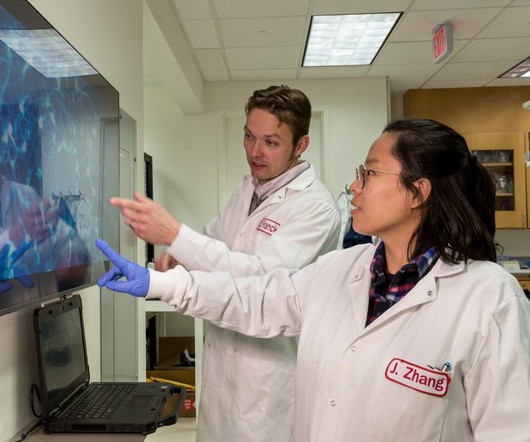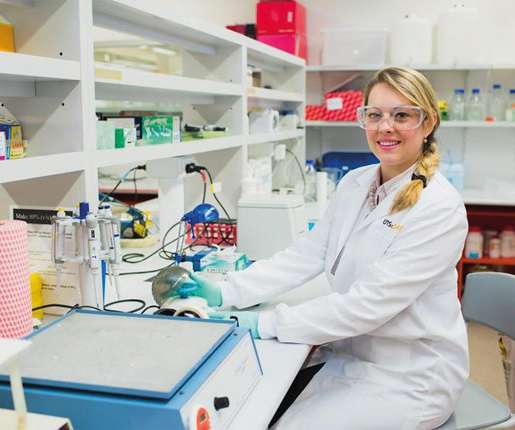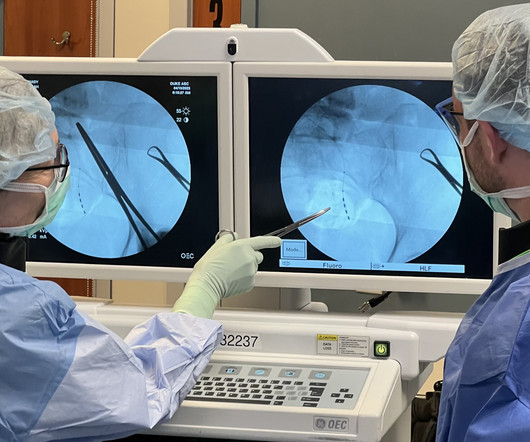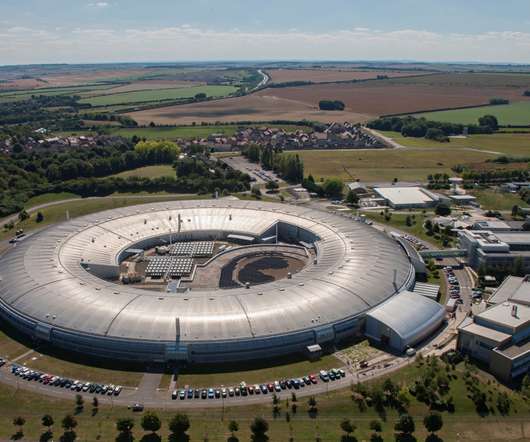Why This College Student Created a Coloring Book to Celebrate Black Women in STEM
ED Surge
APRIL 12, 2023
In an education landscape awash in technology, what impact could something as analog as a coloring book make? Through a creative lens, how do I make sure people [like me] are seen, heard, represented, but also gain exposure to new role models that are unfortunately written out of our history books? I feel like this is my calling.












Let's personalize your content